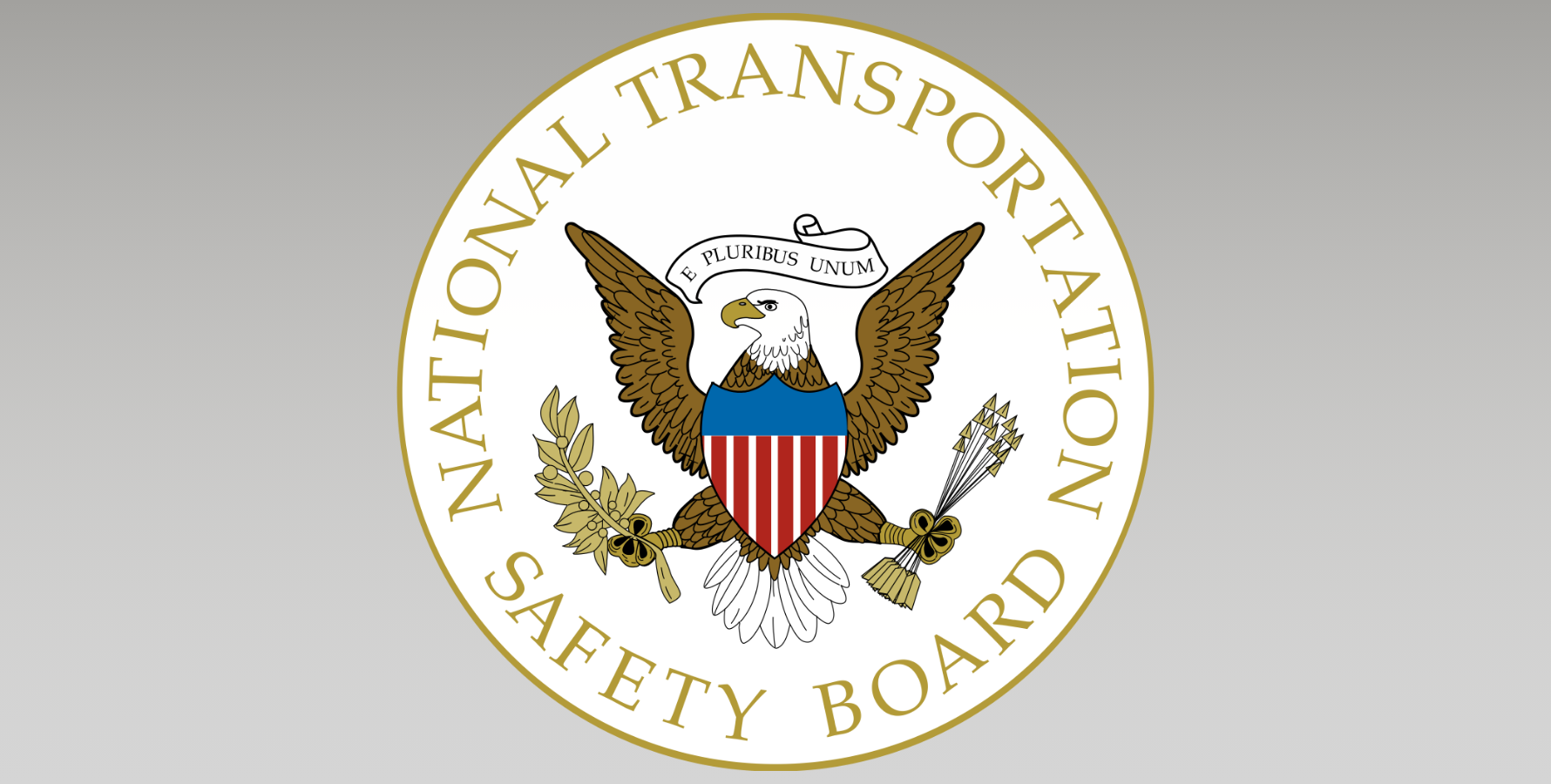
Dear NRC member,
The National Transportation Safety Board (NTSB) has requested that the NRC inform our members of recently issued recommendations endorsing the safety benefits of all collision-avoidance systems on maintenance machines and people-detection systems on machines with moveable extenuations (R-25-10). This information is the result of the NTSB’s report issued on August 4, 2025, entitled Middlesex Corporation Employee Fatality on Housatonic Railroad Company-Operated Line, Great Barrington, Massachusetts, August 4, 2023, NTSB/RIR-25-11.
Complete NTSB Report – Review the details of this accident investigation and the resulting safety recommendation here.
Summary of the Incident - A Middlesex Corporation tie drilling machine operator was making a northbound reverse movement along the Berkshire (rail) Line when the roadway maintenance machine struck and killed another Middlesex employee who was operating a leaf blower on the same track. The Massachusetts Department of Transportation, the owner of the Berkshire Line, had contracted Middlesex to perform track improvements. The Housatonic Railroad Company (HRRC) operates freight railroad services on the line and had provided a roadway-worker-in-charge (RWIC) to oversee safety for the track improvement work.
NTSB Findings & Recommendations – – The NTSB asked the NRC to communicate the following information to its members:
In response to NTSB recommendation R-25-11, the NRC provides the following.
Regarding NTSB recommendation R-25-10, the NRC has communicated with its members on this topic. Some contractors are utilizing collision detection technology such as back-up cameras and other object detection systems. However, collision avoidance systems that can detect objects and automatically stop an RMM without operator interface, have not been readily available to be utilized by railroad contractors. Members of the NRC and the industry on whole recognize that it will be difficult to add the recommended technology enhancements to all RMM equipment in a short-term application, especially for smaller contractors that primarily stay on Industry track or short-line settings, although that could become a long-term recommendation.
Thank you to members of the NRC Safety Committee, led by Chairperson Erika Bruhnke, for their assistance in developing this response.
If you have questions about these findings or recommendations, please contact the NRC atinfo@nrcma.org.
Sincerely,
Ashley Wieland
President
National Railroad Construction and Maintenance Association (NRC)

The NRC scholarship was an important component of my undergraduate studies at St. Ambrose University. It enabled me to take an internship in physical therapy in Costa Rica the summer before my junior year. It was a rewarding experience that solidified my academic direction to become a Physical Therapist. Receiving the scholarship my senior year allowed me to reduce my working hours to focus more time on my academic studies.
Student, Future Doctorate of Physical Therapy Class of 2026
Progress Rail